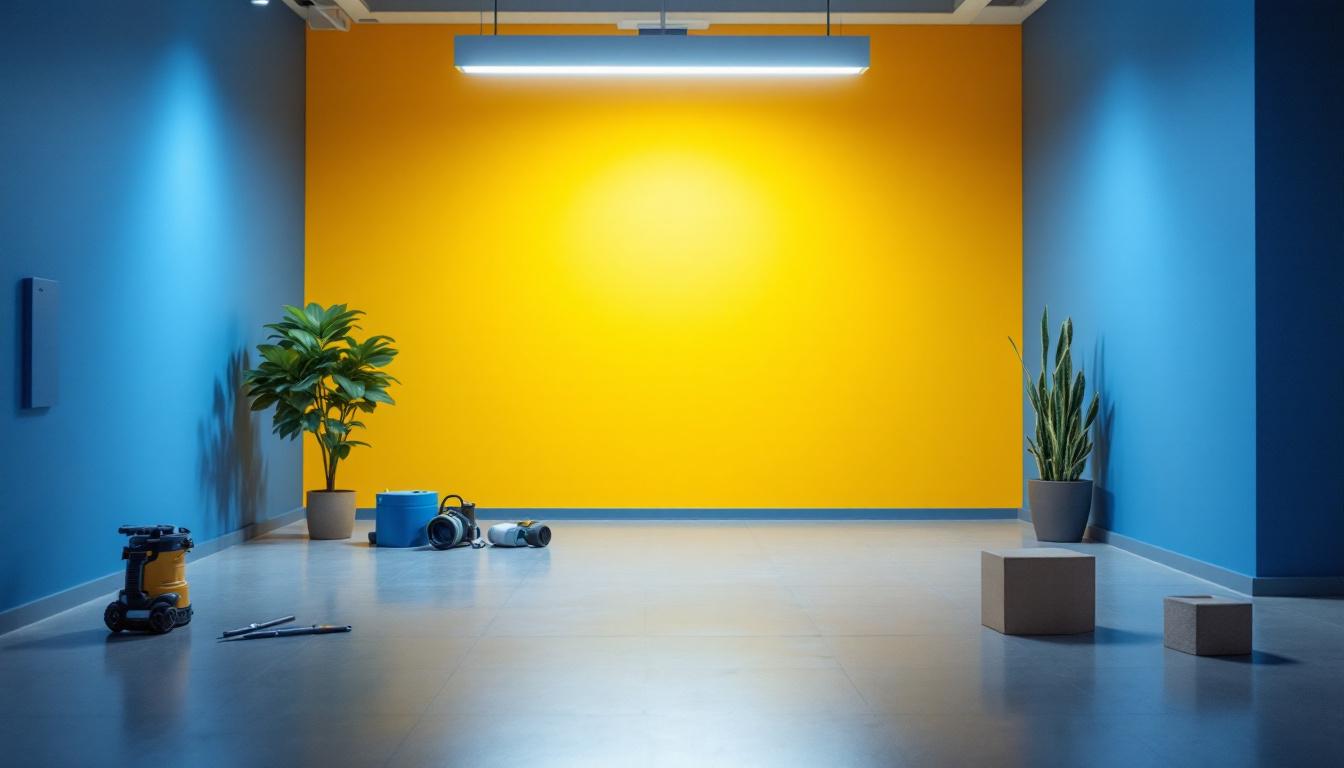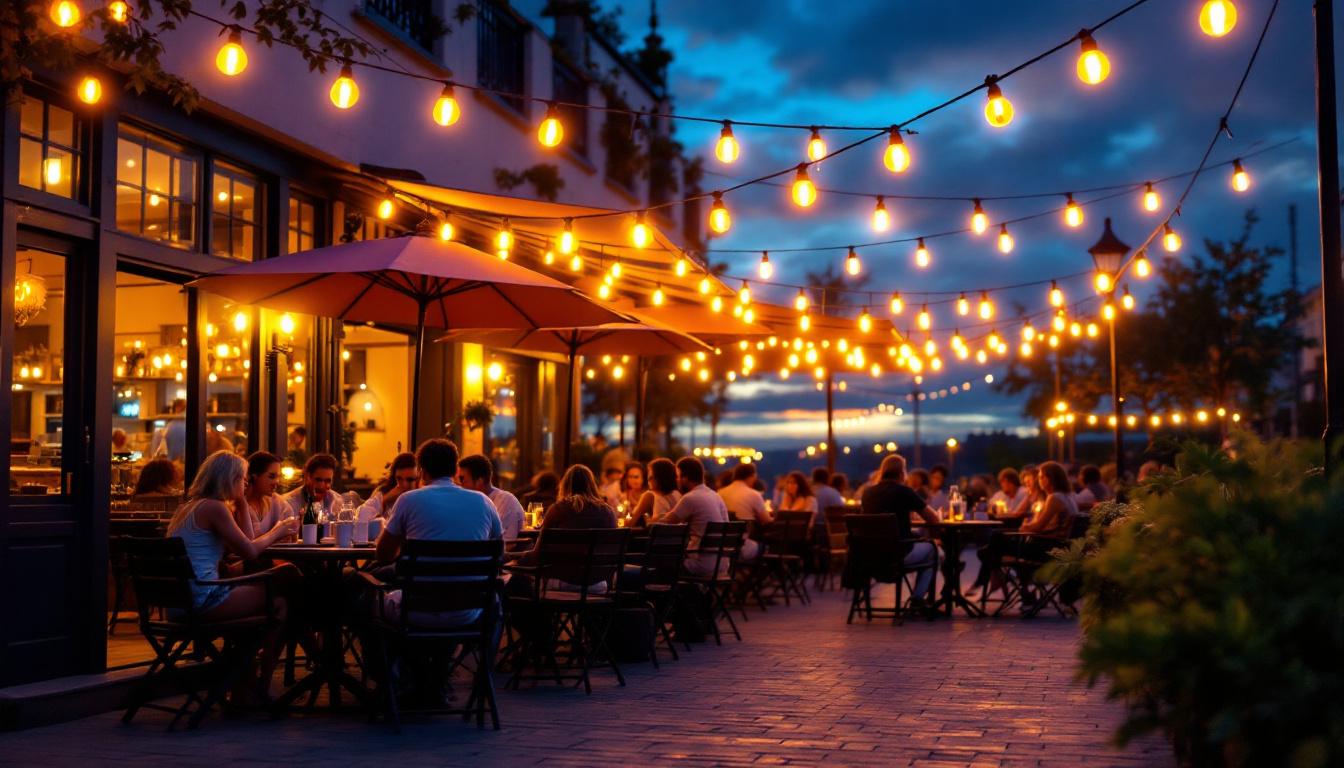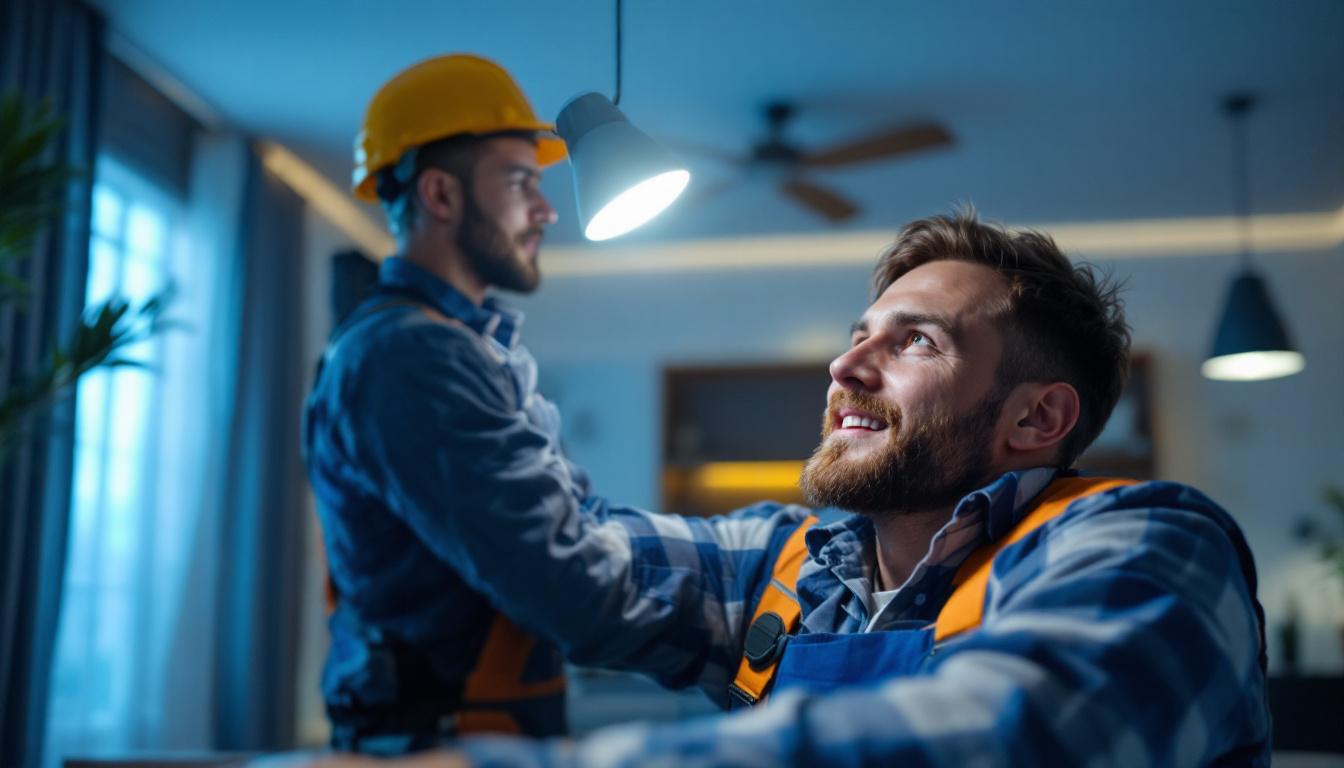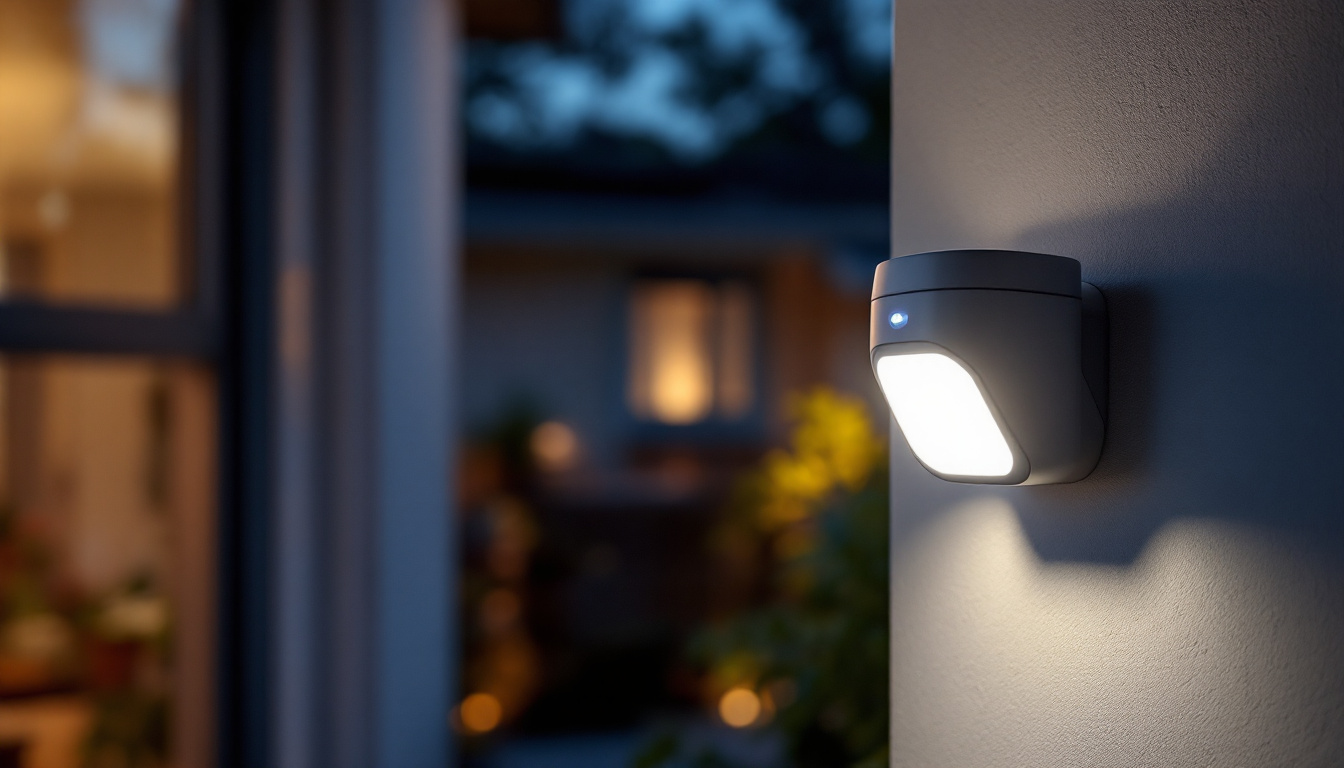
The transition to LED lighting has become a significant trend in the construction and renovation industries. As more clients seek energy-efficient solutions, lighting contractors are often faced with a myriad of questions regarding LED retrofitting. This article aims to address some of the most common inquiries, providing clarity and insight into the process, benefits, and considerations associated with LED retrofits.
LED retrofitting involves replacing traditional lighting systems with LED fixtures or bulbs. This process not only enhances energy efficiency but also improves the quality of light in various environments. As a contractor, understanding the fundamentals of LED retrofitting is crucial for effectively communicating with clients and making informed decisions.
One of the primary advantages of LED retrofitting is energy efficiency. LEDs consume significantly less power compared to incandescent or fluorescent bulbs, leading to reduced electricity bills for clients. Additionally, LEDs have a longer lifespan, which means less frequent replacements and lower maintenance costs. This longevity is particularly beneficial in commercial settings where lighting is used extensively, as it minimizes downtime and disruption to business operations.
Another benefit is the quality of light. LEDs offer a range of color temperatures, allowing for more tailored lighting solutions that can enhance the ambiance of any space. This adaptability can be particularly appealing to clients looking to create specific atmospheres in commercial or residential settings. For instance, warmer color temperatures can create a cozy environment in a restaurant, while cooler temperatures can promote alertness and productivity in an office space. Furthermore, the ability of LEDs to provide instant brightness without the warm-up time associated with some traditional bulbs adds to their appeal, ensuring that spaces are illuminated effectively right when they are needed.
When considering an LED retrofit, it’s essential to evaluate the existing fixtures. In many cases, retrofitting can be done without replacing the entire fixture, which can save time and resources. However, some fixtures may require modifications or even complete replacement to accommodate LED technology effectively. Understanding the nuances of fixture compatibility is critical; for example, certain dimming systems may not work seamlessly with LED bulbs, necessitating additional upgrades to ensure optimal performance.
Contractors should assess factors such as the fixture’s compatibility with LED bulbs, the heat dissipation capabilities, and the overall design. This evaluation will help determine the most effective retrofit approach, ensuring optimal performance and longevity of the LED solution. Additionally, it’s important to consider the environmental impact of the retrofit process. By choosing to retrofit rather than completely replace fixtures, contractors can contribute to sustainability efforts by reducing waste and promoting the use of energy-efficient technologies. This not only aligns with eco-friendly practices but can also resonate with clients who prioritize sustainability in their projects, making it a compelling selling point for contractors in today’s market.
As with any new technology, misconceptions about LED retrofits abound. Addressing these concerns is vital for contractors who want to instill confidence in their clients.
While the initial cost of LED fixtures may be higher than traditional lighting options, it’s essential to consider the long-term savings. The energy efficiency and extended lifespan of LEDs often result in lower total cost of ownership. Clients should be made aware of potential rebates and incentives available for energy-efficient upgrades, which can further offset initial expenses. Additionally, the reduced maintenance costs associated with LEDs—due to their longevity and durability—can be a significant factor in overall savings. Over time, the return on investment can be substantial, making LEDs a financially sound choice for both residential and commercial applications.
LEDs are versatile and can be used in various settings, from residential homes to commercial spaces and outdoor environments. However, it’s important to choose the right type of LED for specific applications. For example, outdoor LEDs should be rated for wet or damp conditions to ensure durability and performance. Moreover, the adaptability of LEDs allows them to be used in creative ways, such as in accent lighting or architectural highlights, enhancing the aesthetic appeal of a space.
Contractors should also consider factors such as dimming capabilities, color rendering index (CRI), and lumen output to ensure that the selected LEDs meet the unique needs of each project. Understanding the specific requirements of different environments can help contractors recommend the most suitable products. For instance, in spaces where color accuracy is crucial, such as art galleries or retail environments, selecting LEDs with a high CRI can make a significant difference in how colors are perceived. Furthermore, the ability to integrate smart technology with LED systems can offer clients enhanced control over their lighting, allowing for customizable settings that can adapt to various activities and moods throughout the day.
When planning an LED retrofit, several technical aspects must be taken into account. Understanding these elements can help contractors deliver high-quality installations that meet client expectations.
Wattage refers to the amount of energy a bulb consumes, while lumens measure the amount of light produced. In the past, consumers often focused on wattage as a measure of brightness, but with LED technology, this perspective has shifted. LEDs provide more lumens per watt, meaning they can produce the same amount of light as traditional bulbs while using significantly less energy.
Contractors should educate clients on this distinction, helping them understand that a lower wattage LED can still meet their lighting needs effectively.
Many clients may already have lighting control systems in place, such as dimmers or timers. Ensuring compatibility between these systems and new LED fixtures is crucial for maintaining functionality. Some older dimmers may not work well with LEDs, leading to flickering or reduced performance.
Contractors should assess existing control systems and recommend appropriate LED-compatible options to provide seamless integration and enhance the overall user experience.
Proper installation is key to maximizing the benefits of an LED retrofit. Following best practices can help ensure a successful project and satisfied clients.
Before beginning a retrofit, conducting a comprehensive assessment of the existing lighting system is essential. This includes evaluating the current fixtures, wiring, and overall layout of the space. Understanding the specific needs of the client and the intended use of the space will guide the selection of appropriate LED solutions.
Taking measurements and analyzing light levels can also help determine the necessary adjustments to achieve optimal lighting conditions post-retrofit.
During installation, it’s vital to follow manufacturer guidelines and industry standards. This includes ensuring that fixtures are securely mounted, wiring is correctly connected, and any necessary modifications are made to accommodate the new technology.
Contractors should also take care to avoid common pitfalls, such as overloading circuits or failing to account for heat dissipation, which can lead to reduced performance or premature failure of the LEDs.
Once the retrofit is complete, there are several factors to consider to ensure long-term success and client satisfaction.
While LEDs require less maintenance than traditional lighting, educating clients on proper care can extend their lifespan even further. This includes regular cleaning of fixtures to prevent dust buildup and ensuring that any control systems are functioning correctly.
Providing clients with information on troubleshooting common issues can also empower them to address minor problems without needing to call for service. This proactive approach can enhance the overall client experience and build trust in the contractor’s expertise.
Encouraging clients to monitor their energy usage and lighting performance after the retrofit can provide valuable insights. Many modern LED systems come with smart technology that allows for easy tracking of energy consumption and light levels.
By reviewing this data, clients can assess the effectiveness of the retrofit and make informed decisions about future upgrades or adjustments, ensuring that their lighting system continues to meet their needs over time.
The LED lighting industry is constantly evolving, with new technologies and innovations emerging regularly. Staying informed about these trends can help contractors provide the best solutions for their clients.
Smart lighting is becoming increasingly popular, allowing users to control their lighting systems remotely through smartphones or voice-activated devices. This technology offers convenience and energy savings, as users can easily adjust settings based on their preferences or occupancy patterns.
Contractors should consider incorporating smart lighting solutions into their offerings, as this can enhance the value of their services and meet the growing demand for intelligent home and commercial systems.
As energy efficiency standards continue to evolve, LED technology is also advancing to meet these requirements. Newer LED products are being designed to consume even less energy while providing higher lumen outputs, making them more appealing to clients looking to reduce their environmental impact.
Contractors should stay abreast of these advancements to ensure they are offering the most efficient and effective solutions available in the market.
LED retrofitting presents a wealth of opportunities for lighting contractors to enhance their services and meet the demands of an increasingly eco-conscious clientele. By understanding the benefits, addressing common concerns, and following best practices, contractors can navigate the complexities of LED retrofits with confidence.
As the industry continues to evolve, staying informed about new technologies and trends will be crucial for contractors looking to remain competitive and provide exceptional value to their clients. Embracing the shift towards LED lighting not only benefits the environment but also positions contractors as leaders in the field of sustainable lighting solutions.
Ready to take the next step in LED retrofitting and provide your clients with the most efficient and sustainable lighting solutions? Look no further than LumenWholesale for all your lighting needs. We offer an extensive selection of top-quality, spec-grade lighting products at unbeatable wholesale prices, ensuring you get the best value for every project. Say goodbye to local distributor markups and hello to hassle-free bulk buying with free shipping. Elevate your service offerings and delight your clients with the perfect blend of quality, affordability, and convenience. Take advantage of our superior lighting products today by visiting Wholesale Lighting at the Best Value and make your next project shine brighter than ever.

Discover the essential insights and advantages of LED cafe lights for lighting contractors.

Discover how 6 LED can lights are revolutionizing the lighting industry for contractors.

Discover how motion outdoor sensors revolutionize safety in lighting installations by providing efficient, energy-saving solutions.

Discover innovative strategies and expert tips for lighting contractors to optimize commercial flood light installations.